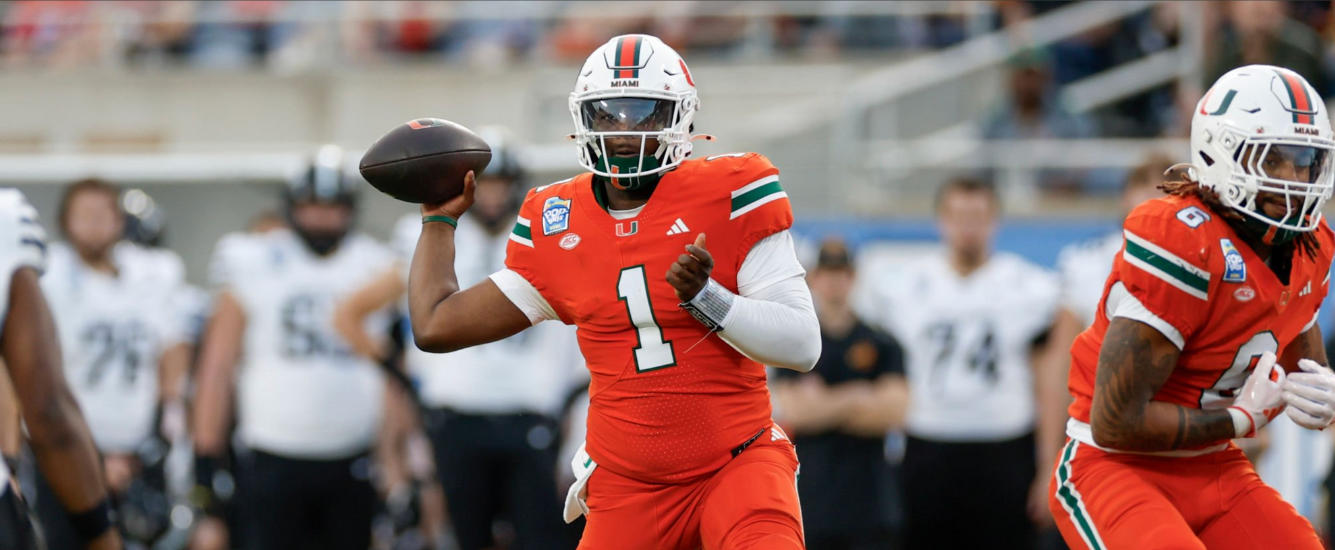Earlier this offseason, Matt Spencer improved the WR breakout age metric and made it even more helpful in locating NFL stars. Part 1 is included in this article in order to help readers understand what BOA means and how it’s calculated. If you’re already familiar with Matt’s work, jump down to Part 2 where he presents the top-25 historical results and the breakout ages for the 2021 NFL class.
It’s rookie season again in the NFL analytics community and the fights are already starting at the wide receiver position. Be prepared to stumble into many arguments over how Jaylen Waddle failed to breakout or how it took Devonta Smith until his fourth and senior season to achieve his breakout all while we are forced to use Ja’Marr Chase’s age-adjusted production from 2019 due to COVID. You will see all these fights repeatedly over the next six months. Many will see this as purely entertainment, but I see it as an opportunity to exploit value from your league mates. We can rely heavily on age adjusted production and specifically on Breakout Age to improve our prospect analysis.
Traditional Formulation
Breakout Age (BOA) was originally defined by Frank DuPont and Shawn Siegele as a means to capture what is common sense into a fixed metric. Do you want to draft the player that slowly increased his production profile until he finally had a good season his senior year, or do you want the player that earned his teams respect and targets in his freshman season?
For a wide receiver this can be simplified as the age at which a player achieved at least a 30% Dominator Rating.















